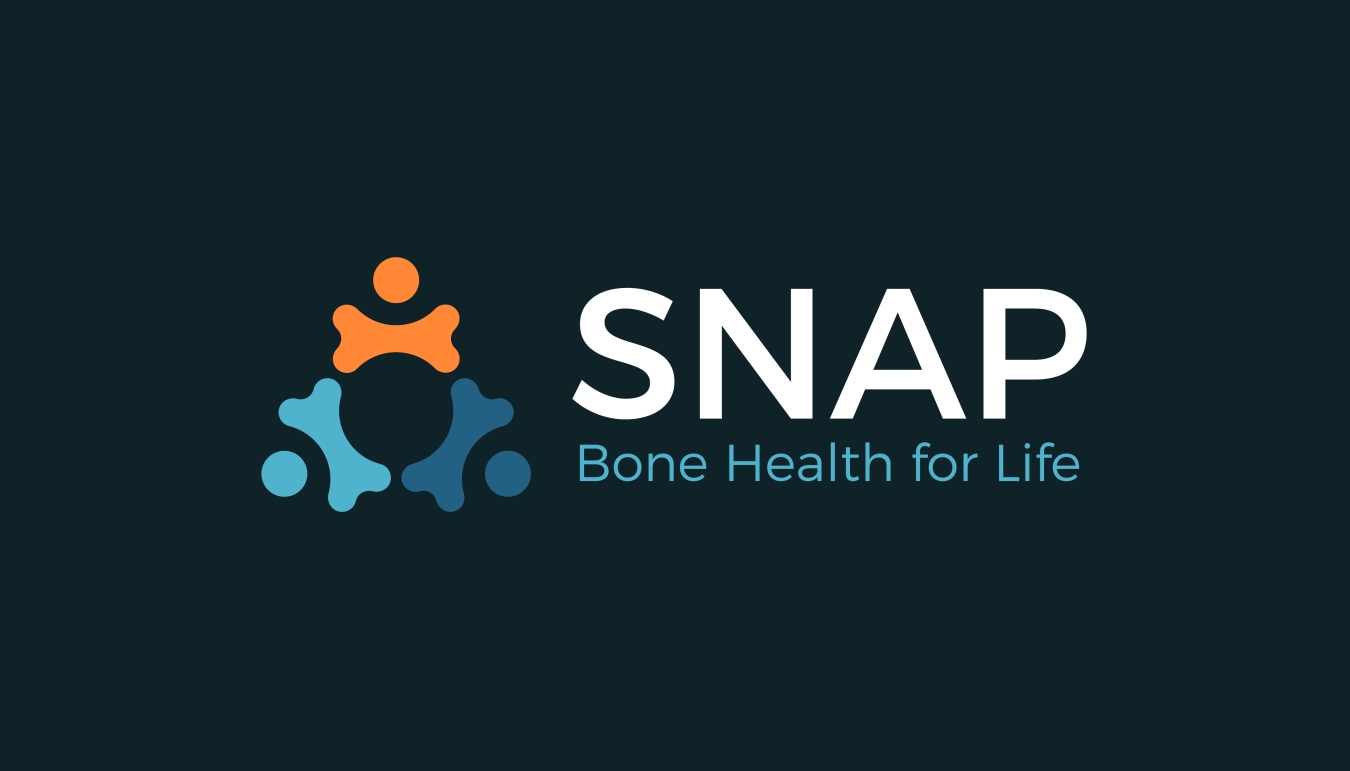Building Resilience: Bone Health and Osteoporosis Prevention
- byAdmin
- 27 August, 2024
- 20 Mins

In the vast and ever-evolving field of health and well-being, bone health often doesn't get the attention it deserves. Yet, the strength and condition of our skeletal system form the foundation of a healthy, active life.
As we grow older, the risk of weakened bones and osteoporosis increases. Often called 'the silent disease,' osteoporosis usually shows no symptoms until a bone fracture occurs. It's also quite common-according to the International Osteoporosis Foundation, 1 in 3 women over 50 and 1 in 5 men will experience osteoporotic fractures during their lifetime.1 This highlights the importance of maintaining good bone health from an early age.
The Significance of Bone Health
Bones are not static; they are living tissues that perform many vital functions essential for our well-being.2 Some key functions include:
Worldwide, 1 in 3 women over the age of 50 years and 1 in 5 men will experience osteoporotic fractures in their lifetime
- The Foundation of Form and Function: Like the framework of a building, bones support our body, allowing us to stand, walk, and perform daily activities with ease.
- The Mineral Storehouse: Bones store important minerals, mainly calcium and phosphorus, which are released into the body as needed.3
- Blood Formation: Bone marrow produces red and white blood cells, as well as platelets, all critical for immune defense and oxygen transport.4
- Hormone Balance: Bones also release hormones involved in regulating insulin and energy production.5
Bones continuously renew themselves, replacing old tissue with new. This process requires adequate nutrients to maintain bone health.
Osteoporosis Risk Factors
Understanding the risk factors for osteoporosis helps in prevention:
- Age: Bone density decreases and fragility increases with age.6
- Gender: Women, especially during menopause, face higher risk due to decreasing estrogen levels.7
- Genetics: A family history of osteoporosis increases personal risk.8
- Low BMI: Low body mass index is linked to greater osteoporosis risk.9
- Lifestyle Choices: Smoking, excessive alcohol, and inactivity weaken bones.9
- Nutrient Deficiency: Lack of calcium and vitamin D raises risk.9
- Medical Conditions: Diseases like rheumatoid arthritis and celiac disease contribute to bone loss.10,11
- Medications: Certain drugs, such as corticosteroids, can cause osteoporosis.12
Strengthening Bones and Preventing Osteoporosis
Taking care of your bones and avoiding risk factors can greatly reduce the chance of osteoporosis. Here are key ways to support bone health:13
- Calcium and Vitamin D: A calcium-rich diet is fundamental.14 Sources include dairy, leafy greens, fish, nuts, seeds, beans, lentils, soy products, and supplements. Vitamin D aids calcium absorption and can be obtained from fatty fish, egg yolks, cheese, beef liver, mushrooms, supplements, and sunlight.14
- Improved Diet: Eating a balanced diet rich in protein, magnesium, and potassium supports strong bones.15
- Weight-Bearing Exercises: Activities like jogging, brisk walking, and resistance training improve bone density. Aim for at least 150 minutes of moderate aerobic exercise weekly.16
- Avoid Smoking and Excessive Alcohol: Quitting smoking and limiting alcohol intake helps maintain bone strength.9
- Regular Medical Check-ups: Early detection through bone density tests and professional advice can prevent fractures and guide treatment.
- Hormone Replacement Therapy (HRT): For postmenopausal women, HRT can help counteract estrogen loss and protect bones.17
References
- Sözen, T., Özışık, L., & Başaran, N. Ç. (2017). An overview and management of osteoporosis. European Journal of Rheumatology, 4(1), 46.
- Buckwalter, J. A., & Cooper, R. R. (1987). Bone structure and function. Instructional Course Lectures, 36, 27-48.
- Lovejoy, C. (2019). Digging up ingredient research on bone health. Think. Focus. Citicoline., 10.
- Taichman, R. S. (2005). Blood and bone: two tissues whose fates are intertwined to create the hematopoietic stem-cell niche. Blood, 105(7), 2631-2639.
- Wang, J. S., Mazur, C. M., & Wein, M. N. (2021). Sclerostin and osteocalcin: candidate bone-produced hormones. Frontiers in Endocrinology, 12, 584147.
- Pouresmaeili, F., Kamalidehghan, B., Kamarehei, M., & Goh, Y. M. (2018). A comprehensive overview on osteoporosis and its risk factors. Therapeutics and Clinical Risk Management, 2029-2049.
- Melton III, L. J., et al. (1992). Perspective how many women have osteoporosis? Journal of Bone and Mineral Research, 7(9), 1005-1010.
- Urano, T., & Inoue, S. (2014). Genetics of osteoporosis. Biochemical and Biophysical Research Communications, 452(2), 287-293.
- Guthrie, J. R., Dennerstein, L., & Wark, J. D. (2000). Risk factors for osteoporosis: A review. Medscape Women's Health, 5(4), E1-E1.
- Zanchetta, M. B., Longobardi, V., & Bai, J. C. (2016). Bone and celiac disease. Current Osteoporosis Reports, 14, 43-48.
- Kim, S. Y., et al. (2010). Risk of osteoporotic fracture in rheumatoid arthritis. Arthritis Research & Therapy, 12(4), 1-10.
- Adachi, J. D. (1997). Corticosteroid-induced osteoporosis. American Journal of Medical Sciences, 313(1), 41-49.
- Khosla, S., & Hofbauer, L. C. (2017). Osteoporosis treatment: recent developments and ongoing challenges. The Lancet Diabetes & Endocrinology, 5(11), 898-907.
- Dawson-Hughes, B. (2015). Calcium and vitamin D for bone health in adults. Nutrition and Bone Health, 217-230.
- Cashman, K. D. (2007). Diet, nutrition, and bone health. The Journal of Nutrition, 137(11), 2507S-2512S.
- Marques, E. A., et al. (2011). Weight-bearing exercise elicits favorable bone density and muscle strength in older women. Calcified Tissue International, 88, 117-129.
- Gambacciani, M., & Levancini, M. (2014). Hormone replacement therapy and prevention of postmenopausal osteoporosis. Menopause Review, 13(4), 213-220.


